What is acne?
Acne, also known as acne vulgaris or common acne, refers to clogging of the sebaceous glands by oil (sebum) and their expansion or inflammation [1].
Acne usually appears in adolescents as red spots on the face, neck or shoulders [1]. In severe cases, acne can also appear on the back and chest. Sometimes, acne develops in infants and adults.
This article includes definitions and images of different types of acne. In a separate article, there is a detailed description of symptoms, causes, risk factors, prevention and treatment of acne.
Types of Acne
Acne can be divided into different types according to [1]:
- The form: open comedones (blackheads), closed comedones (whiteheads), papules (flat red bumps), pustules (red bumps with pus in the center), nodules and cysts
- The severity:
- Mild acne: less than 30 lesions limited to open and closed comedones, papules and pustules
- Moderate acne: 30-125 lesions, which include papules and pustules
- Severe acne: >125 lesions or the presence of severe forms of acne, such as nodular or cystic acne, acne conglobata or fulminans
- The life period in which acne appear: neonatal (in newborns), infantile (in infants) and adult acne (after age of 25)
- Underlying cause:
- Mechanical acne due to physical irritation of the skin
- Hormonal acne in certain hormonal disorders
- Steroid acne as a side effect of steroid drugs
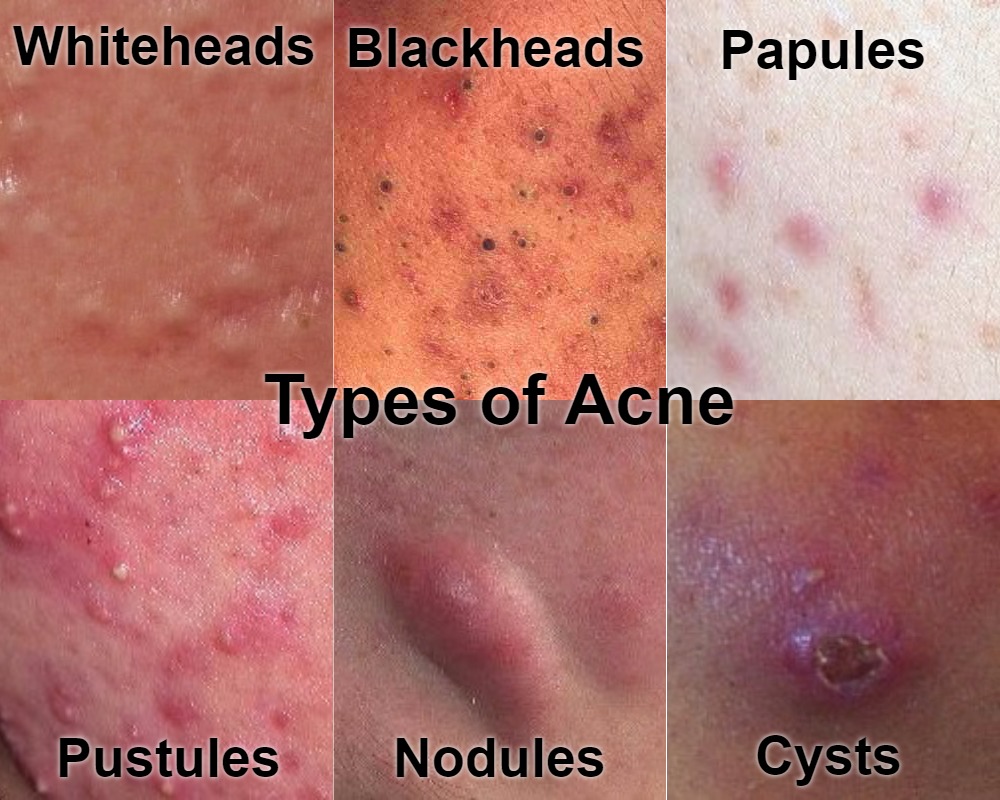
Picture 1. Types of acne (modified from DermNet NZ, CC license)
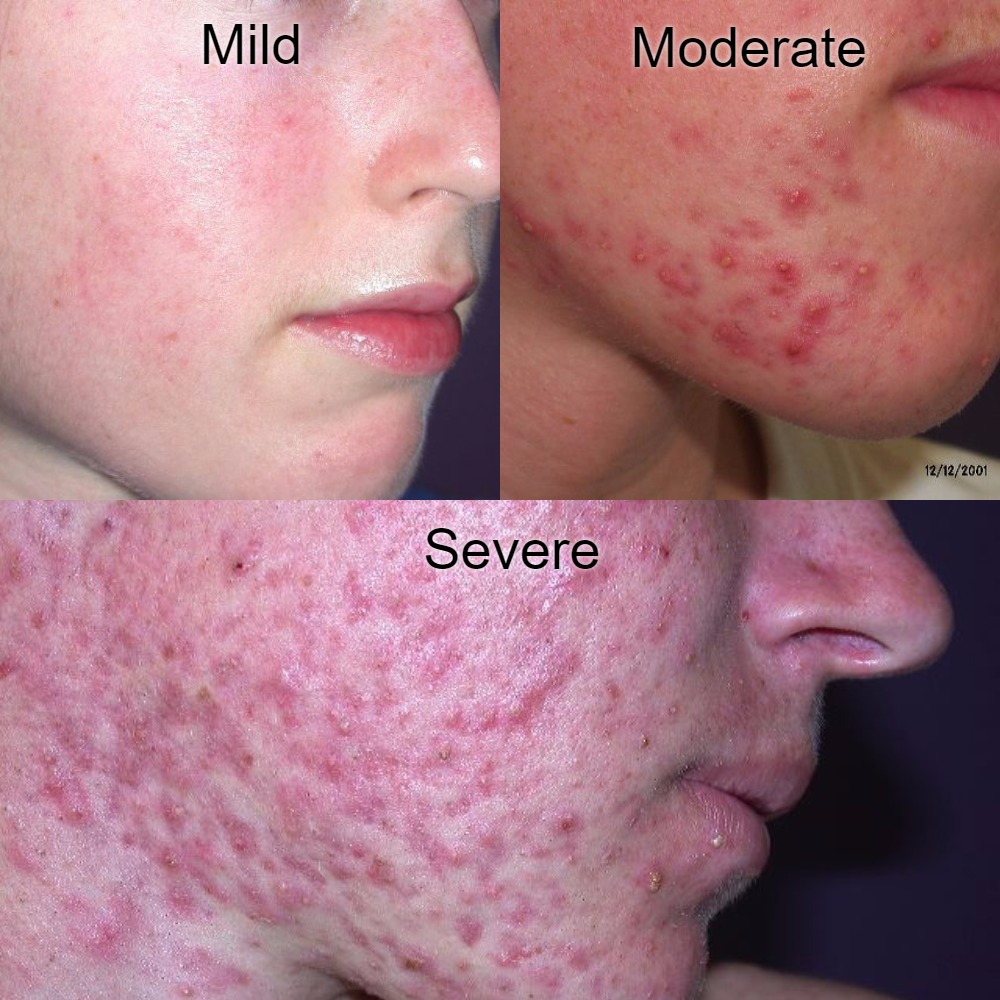
Picture 2. Mild, moderate and severe acne (modified from DermNet NZ, CC license)
Mild Acne: Whiteheads and Blackheads
Whiteheads and blackheads are noninflamed acne; they are the hair follicles clogged with oil. In whiteheads or closed comedones, the openings of the hair follicles are covered by a thin skin layer (Picture 2). In blackheads or open comedones, the oil at the top of the hair follicles is in direct contact with air, so it oxidizes and turns black (Picture 3).
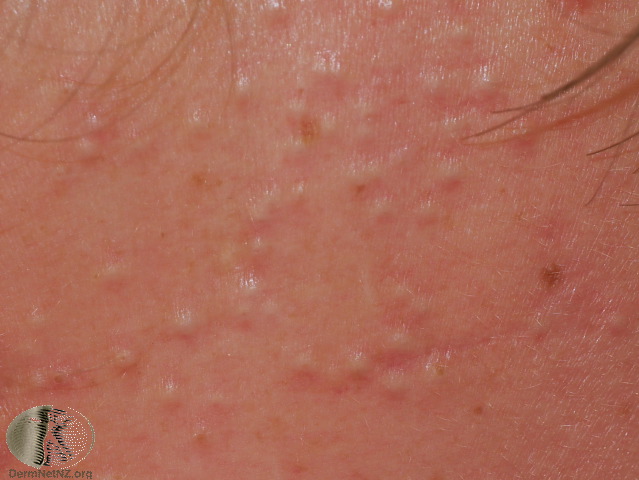
Picture 3. Closed comedones or whiteheads
(source: DermNet NZ, CC license)
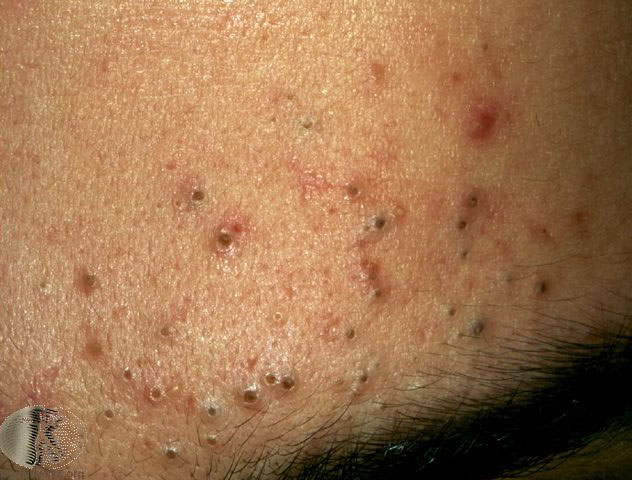
Picture 4. Open comedones or blackheads on the face
(source: DermNet NZ, CC license)
Mild to Moderate Acne: Papules and Pustules
Papules and pustules are inflamed acne. Papules are flat red bumps (Picture 4). Pustules are red bumps with white centers, which contain pus (Picture 5).
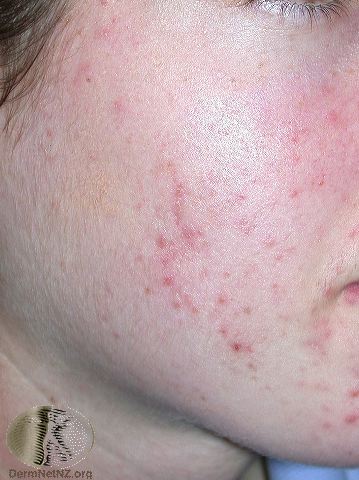
Picture 5. Moderate acne – papules
(source: DermNet NZ, CC license)
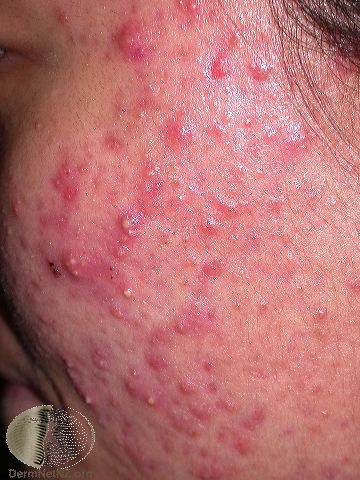
Picture 6. Moderate acne – pustules
(source: DermNet NZ, CC license)
Adult Acne
Adult acne is acne (usually papules and pustules) that appears after age of 25, mainly in women (Picture 6) [2].
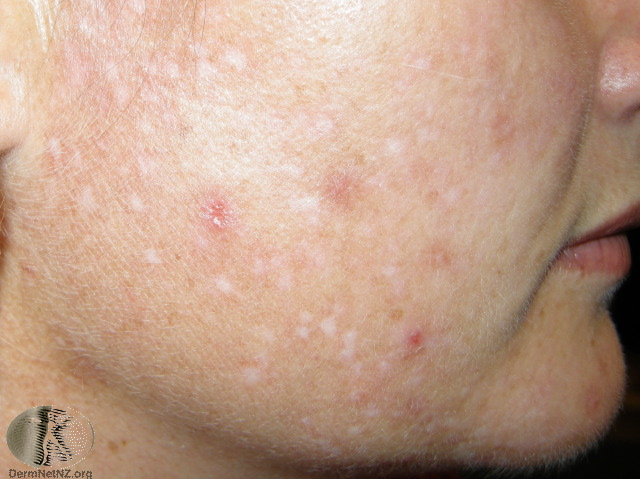
Picture 7. Mild adult acne with depigmentations
(source: DermNet NZ, CC license)
Neonatal and Infantile Acne
Neonatal acne appears in newborns (Picture 7) and infantile acne in infants, mainly in boys (Picture 8) [3].
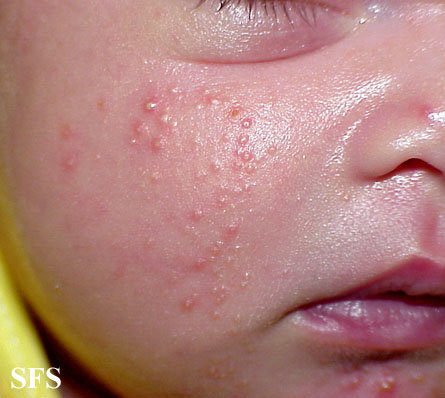
Picture 8. Neonatal (newborn) acne
(source: SF da Silva, MD, Dermatology Atlas)
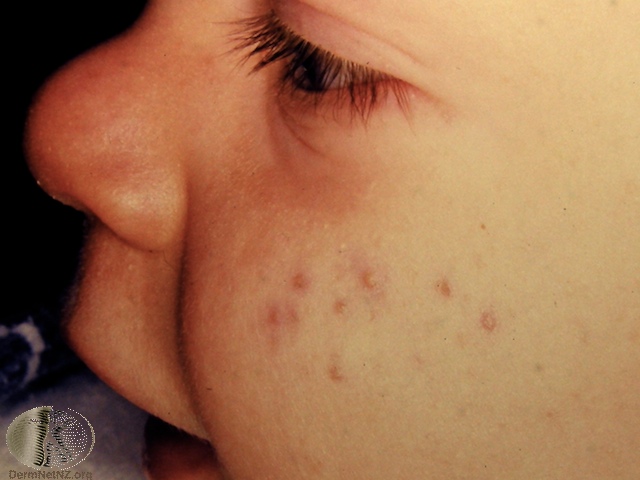
Picture 9. Mild infantile acne on the cheek
(source: DermNet NZ, CC license)
Hormonal Acne
Hormonal acne is usually severe acne that develops in certain hormonal disorders, such as Cushing’s disease, or as a side effect of steroid drugs, including oral corticosteroids, steroid creams, oral contraceptives and anabolic steroids (Pictures 9 and 10).
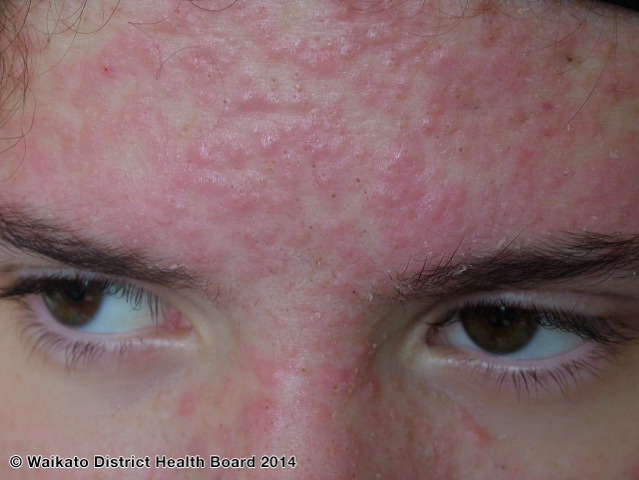
Picture 10. Severe steroid-induced acne on the forehead and nose
(source: DermNet NZ, CC license)
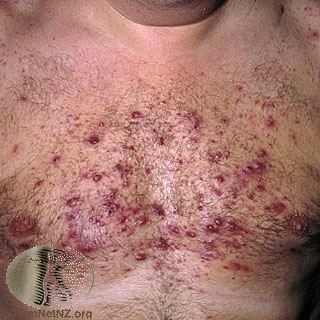
Picture 11. Severe hormonal acne in Cushing’s syndrome
(source: DermNet NZ, CC license)
Severe Acne: Nodular and Cystic Acne
Nodular acne is big, red and hard acne with inflammation deep in the skin (Picture 11). Cystic acne is similar to nodular acne but the red bumps are filled with pus, so they are soft (Picture 12).
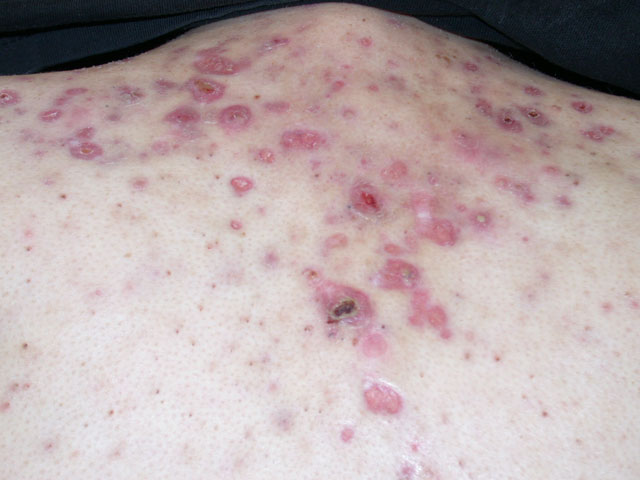
Picture 12. Nodular acne on the back
(source: DermNet NZ, CC license)
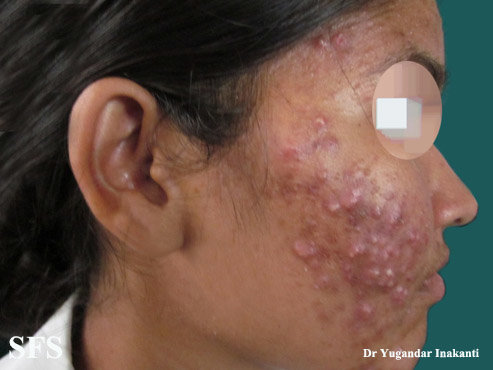
Picture 13. Cystic acne on the face
(source: SF da Silva, MD, Dermatology Atlas)
Very Severe Acne: Acne Conglobata and Fulminans
Acne conglobata is a globe-forming type of acne that develops by the accumulation of several individual acne (Picture 13). Acne fulminans, which means “sudden, like lightning,” is a very severe and painful or bleeding acne, which can develop on the chest or back, mainly in young males (Picture 14).
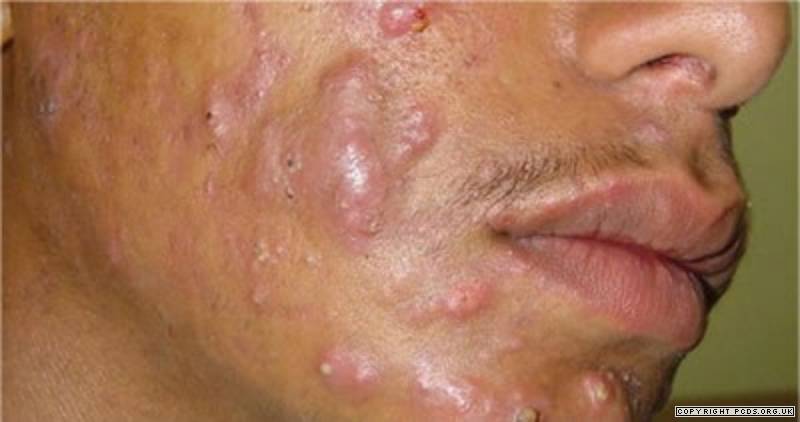
Picture 14. Acne conglobata on the face
(source: PCDS.org.uk )
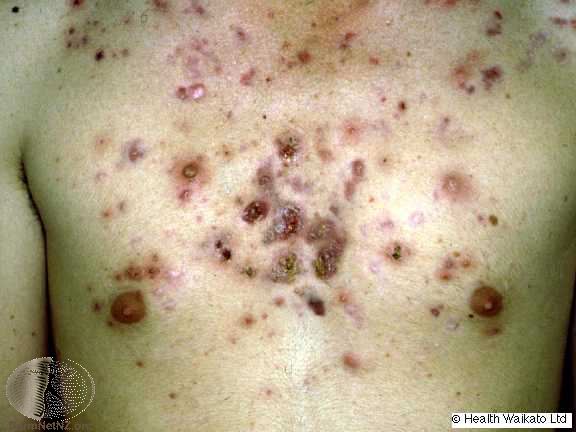
Picture 15. Acne fulminans on the chest
(source: DermNet NZ, CC license)
Other Conditions Called “Acne”
Other conditions called acne that are not true acne:
- Acne rosacea = rosacea – red rash on the cheeks and nose
- Acne necrotica or “scalp acne” = a rare type of folliculitis on the scalp
- Chloracne = skin inflammation caused by poisoning, for example, by chlorinated dioxins
- References
- Acne vulgaris DermNet NZ
- Adult acne DermNet NZ
- Infantile acne DermNet NZ


8
Omg these all look so bad. O have mild acne. I have soooo many little bitty black heads on my 4head and its so annoying